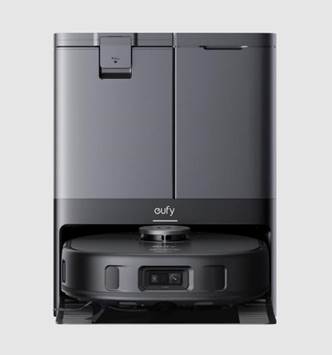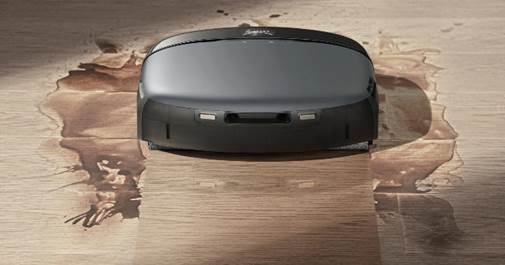Daily
cleaning can feel overwhelming, especially in busy households where people
juggle work, meals, and family activities. Robot vacuums were created to ease
this load, but simply owning one doesn’t guarantee the best results. Without
thoughtful scheduling, they might run at inconvenient times, cause unnecessary
noise, or even miss the moments when floors need attention the most. Choosing
the right time allows you to balance convenience, cleanliness, and peace of
mind. In this article, we will explore how to schedule your robot vacuum
effectively so it blends seamlessly with your daily life.

Key Factors to Consider When Planning Cleaning Times
Household Activity Patterns and Noise Sensitivity
Every
household has its rhythm, and aligning your robot’s cleaning with it makes life
much smoother. If you work from home or have small children, noise during
meetings or nap times can become frustrating. Running your vacuum when the
house is quieter or when people are already active helps minimize disruptions.
It is also easier to adjust to the gentle hum of cleaning when the household is
moving rather than when everyone is resting. Paying attention to daily patterns
ensures the robot supports your routine instead of clashing with it.
Floor Traffic and Debris Accumulation Rates
Floors
don’t get dirty at the same rate throughout the day, so scheduling should
reflect when dirt actually builds up. High-traffic areas such as kitchens or
entryways usually see the most crumbs, dust, and pet hair right after meals or
outdoor activities. If you notice specific times when debris piles up, setting
the robot to run shortly afterward keeps messes from spreading. This approach
makes cleaning more efficient because the vacuum handles dirt when it’s fresh.
Matching schedules to debris patterns means your home stays consistently
cleaner with less effort.
Ideal Daytime Scheduling Windows
Mid-Morning (9 AM–11 AM): Post-Breakfast Cleanup
Morning
is often one of the busiest times in a household, with breakfast preparation,
kids heading out, and people rushing to work. By 9 AM, most of the activity has
settled, and crumbs or tracked-in dirt are left behind. Running your robot
during this window helps restore order before the day fully begins. It’s also a
time when natural light helps the robot navigate effectively, reducing the chances
of missed spots. This routine can give you a fresh environment that boosts
energy for the rest of the day.
Early Afternoon (1 PM–3 PM): Post-Lunch Lull
After
lunch, many households experience a calm period before afternoon
responsibilities or evening routines pick up. This makes early afternoon an
excellent time to let the robot vacuum do its job without causing
inconvenience. The midday lull means fewer people walking around, so the robot
can move freely and clean thoroughly. It also ensures that crumbs and spills
from lunchtime are quickly addressed, preventing them from attracting pests or
sticking to surfaces. Scheduling during this quiet stretch keeps your home tidy
and prepares it for the busier evening hours.
Adaptive Scheduling for Special Household Needs
Pet-Friendly Timing Around Feeding and Play Routines
Pets
bring happiness but also create unique cleaning challenges. Scheduling your
robot vacuum right after feeding times or active play sessions helps keep fur,
kibble, or scattered litter under control. It prevents small messes from
spreading around the house when pets move from one room to another. Running the
vacuum at predictable times also helps pets adapt and reduces anxiety since
they know when to expect the machine. For households with furry companions,
this thoughtful timing makes a noticeable difference in maintaining cleanliness
and comfort.

High-Traffic Periods and Quick Cleanup Cycles
Some
households experience heavy foot traffic at specific times, like when children
return from school or when guests arrive. These periods often bring in dirt,
dust, or outdoor debris that can spread quickly across floors. Scheduling a
quick robot cleanup cycle shortly after such activity keeps the home tidy
without you needing to intervene. Even a short run during these times helps
prevent buildup and makes later deep cleans easier. Aligning your schedule with
traffic spikes keeps your floors consistently presentable and stress-free.
Conclusion
Finding
the best cleaning schedule is about working with your household’s unique rhythm
instead of against it. Mid-morning and early afternoon are excellent general
options, but adjustments for pets, children, and high-traffic moments make the
process truly effective. Like eufy’s robot cleaner wet dry intelligent, which is known for especially good cleaning results, the
right technology can further support your schedule by adapting to your home’s
needs. The key is remembering that automation is not about replacing your role
entirely but enhancing your ability to keep things comfortable. With a
thoughtful plan, your robot vacuum becomes a partner that makes daily life
cleaner, calmer, and easier.
